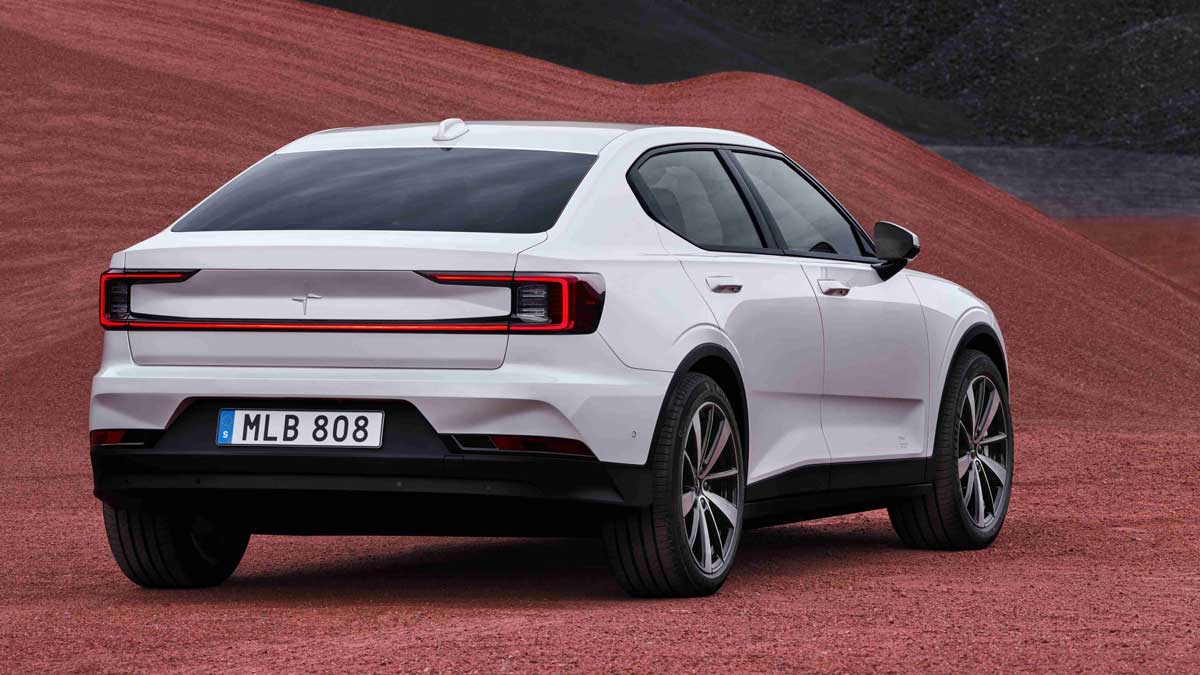In 2022, Polestar’s success was claimed to be strong enough to compete with the top EV maker, Tesla. However, as the automaker enters the 2023 production, a smaller quarterly loss was posted. It further stated that it will not engage in price wars. These price wars have forced some automakers to cut down their vehicle prices with indeed affected their profits to some extent.

This year is proving to be a tough one for EV makers, as a Tesla-ignited price war and continued supply chain bottlenecks further strain start-ups hoping to benefit from the shift to EVs. While some carmakers have followed Tesla’s lead and cut EV prices, Polestar says it has no intention of doing so, taking the same stance as former parent company Volvo Cars. “We will not engage in a price war…we are aiming to become a very premium sportscar company…,” chief executive Thomas Ingenlath told Reuters. “It’s very clear that this is a completely different aim from where Tesla is going, with 20 million cars per year.”
Projection sales
“This year will be a little bit more normal,” he said. The Swedish carmaker, founded by China’s Geely and Volvo Cars, posted a fourth-quarter operating loss of $204.7 million, down from $337.3 million a year ago. The company reported a gross profit of $61.9 million versus a loss of $0.2 million in the same quarter in 2021. The U.S.-listed company said it expected its gross profit for 2023 to broadly be in line with the $119.4 million it reported for 2022.
Revenue increased USD 1,124.7 million, or 84%, mainly driven by higher Polestar 2 vehicle sales with continued commercial expansion across markets. Gross profit increased by USD 118.5 million, as the result of higher Polestar 2 sales and lower fixed manufacturing costs. This growth was partially offset by foreign exchange rates which led to higher costs of sales, and product and market mix. Selling, general and administrative expenses increased by USD 149.9 million, or 21%. This increase primarily reflects Polestar’s international business expansion partially offset by active cost management. Research and development expenses decreased by USD 62.0 million, or 27% due to the absence of Polestar 1 amortization. This decrease was partially offset by continued investments in future vehicles and technologies.












